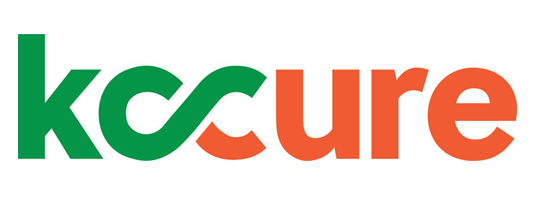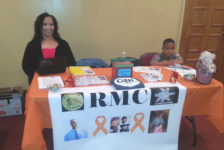In 2011, my husband and I trekked up to Johns Hopkins where he was enrolled in a phase I trial for a drug called MDX-1106. Our clinical trial nurse explained that this phase of the trial would require quite a few blood draws in the beginning. She apologized for the inconvenience and thanked Chris for his participation.
Not long after the infusion, we reported to phlebotomy for the first of three blood draws for lab work. As the phlebotomist drew vial after vial, I watched Chris with concern. He had a penchant for passing out at the sight of needles. We returned for the second draw a few hours later, where they again took vial after vial. By the third draw, a theory was forming in my head.
“Are you sure you need that much blood?” I asked the phlebotomist.
“I know it seems like a lot, but it’s what we need to run the tests that we’re running,” he said.
“Seems like more than enough to run your tests,” I said. “What else might you be doing with that blood?”
He looked at me quizzically. I leaned over to Chris as the phlebotomist reached for an empty vial.
“I’m no mathematician,” I whispered, “but I’m at least smart enough to know that if a clinical trial enrolls 700 patients who give six vials of blood after every infusion, and if the train leaves the station at 7:00 pm going backwards from Chattanooga, the obvious explanation is…vampire blood-drawing racket.”
The theory made total sense to him. This was a school of old vampires trying to fly under the radar. Swooping in through chimneys in the middle of the night and sucking people’s blood while they sleep – that’s so 14th century. These advanced vampires had clearly come up with an impressive strategy using the clinical trial. We get the science, they get the blood (albeit infused with MDX 1106), everyone’s happy. While disturbing, we couldn’t deny the symbiotic genius of it all.
“Sorry for all of the PK draws today,” said the phlebotomist as he hungrily eyed the last delicious drop of Chris’s blood.
PK draw? What the heck is a PK draw??
“PK stands for pharmacokinetics,” the phlebotomist calmly told us.
“Pharmacokinetics,” I questioned. “That sounds like a word a highly advanced vampire race would use to confuse us humans.”
“It’s actually the study of how the body breaks down or ‘metabolizes’ a drug. By drawing blood at different intervals after an infusion, we can determine the fate of the drug. We can see how it’s broken down in the body. PK data combined with pharmacodynamic data, which is how the drug affects the body, help us determine the right dose for treating patients.”
“Whatever Anthony Bourdain-ula,” said Chris. “It sounds to us like you’re trying to determine the best flavor of blood.”
We gave him a satisfied smirk, knowing that we’d cracked the code. It was going to take a lot more than blood-sucking vampires to scare us off. Chris finished his post blood-letting orange juice and graham crackers and we packed up to head home.
Today, we know MDX-1106 as Nivolumab or Opdivo, an FDA-approved drug for kidney cancer. Clinical trials like the one Chris participated in are what allowed doctors and industry researchers to develop a treatment breakthrough that’s now available for all patients. Clinical trials are a crucial element in fighting this disease, even if there are some crafty vampires hiding in the lab.
On Halloween, here’s to all the kidney cancer patients who give up their time – and their blood – to participate in clinical trials. And to all the doctors and pharmaceutical companies who make them happen!










